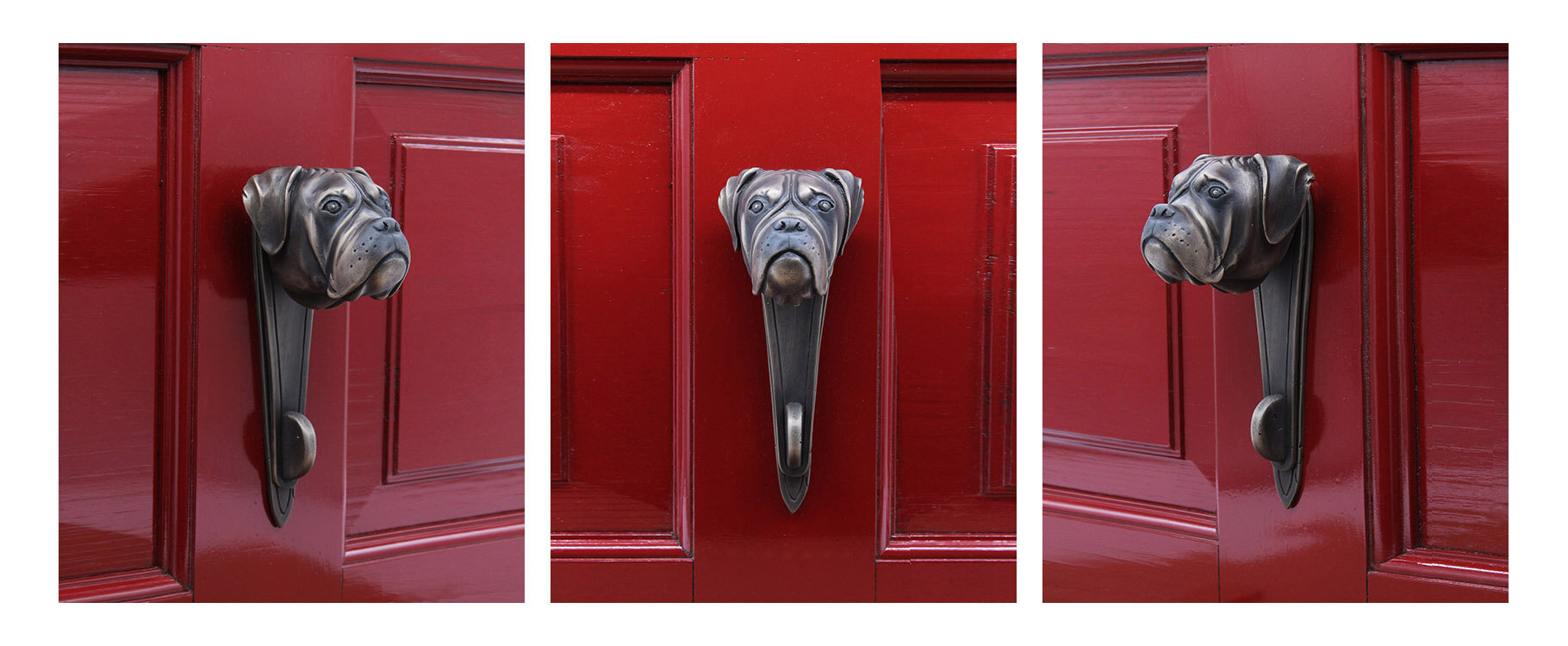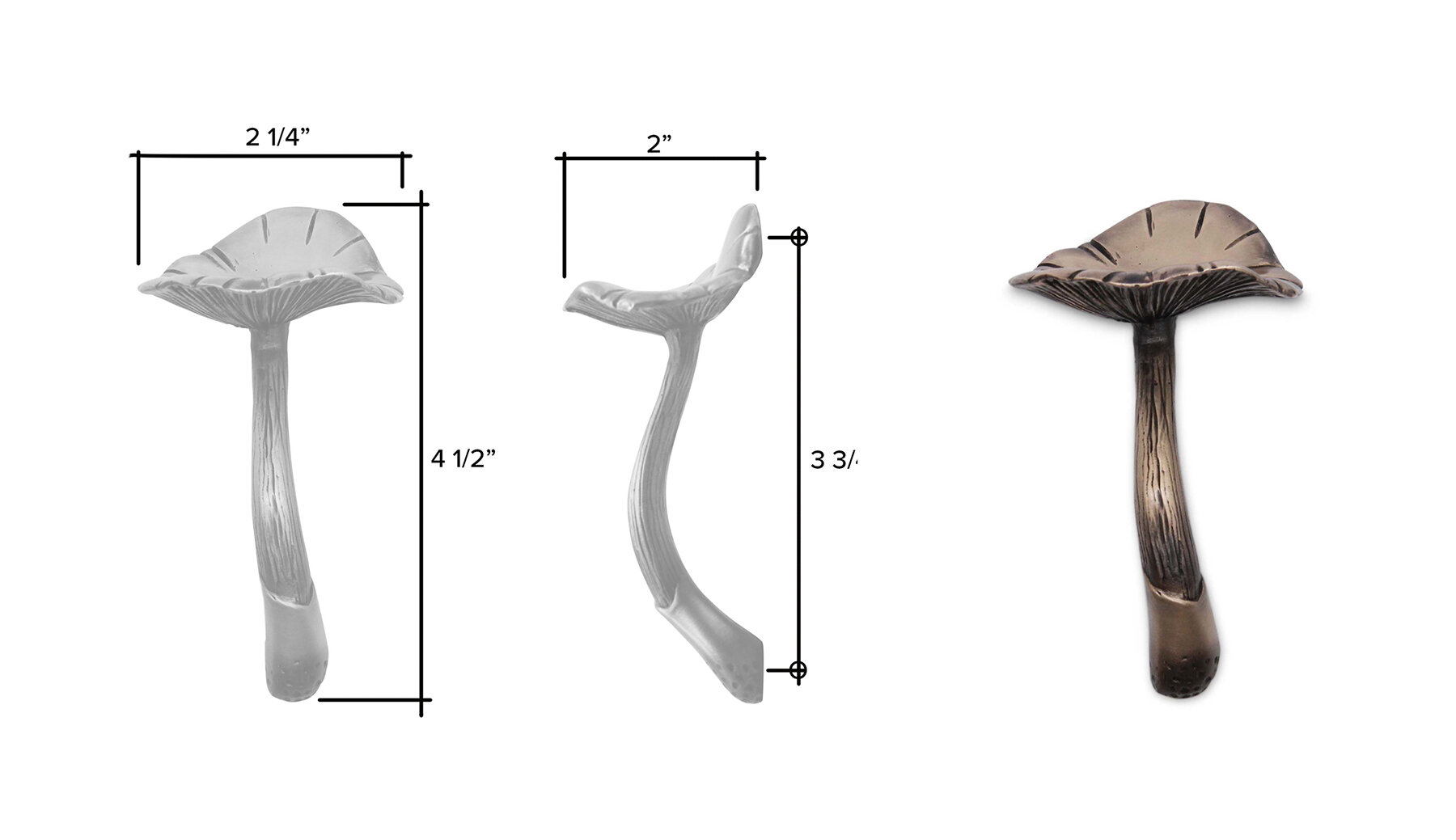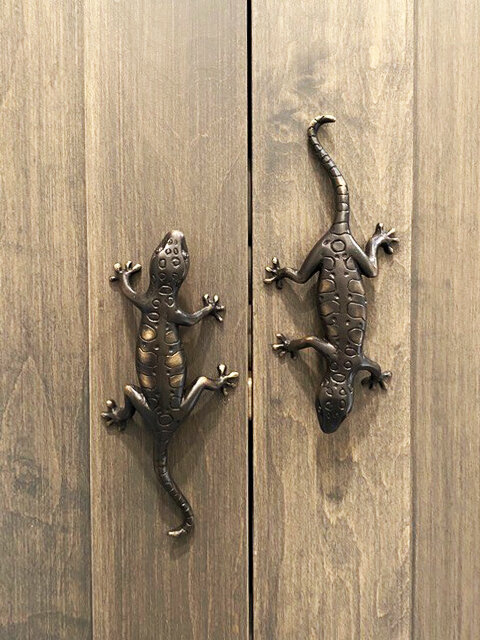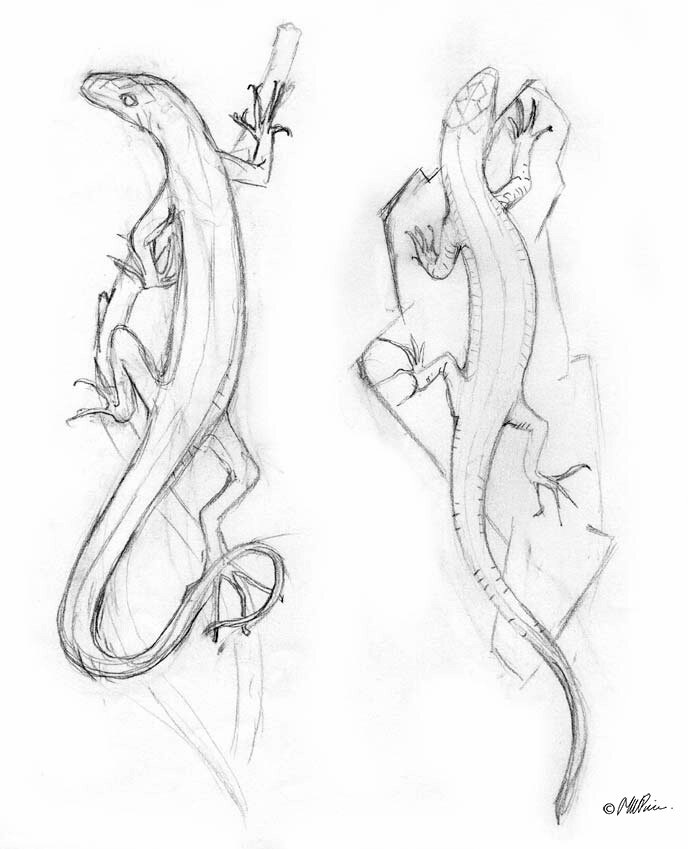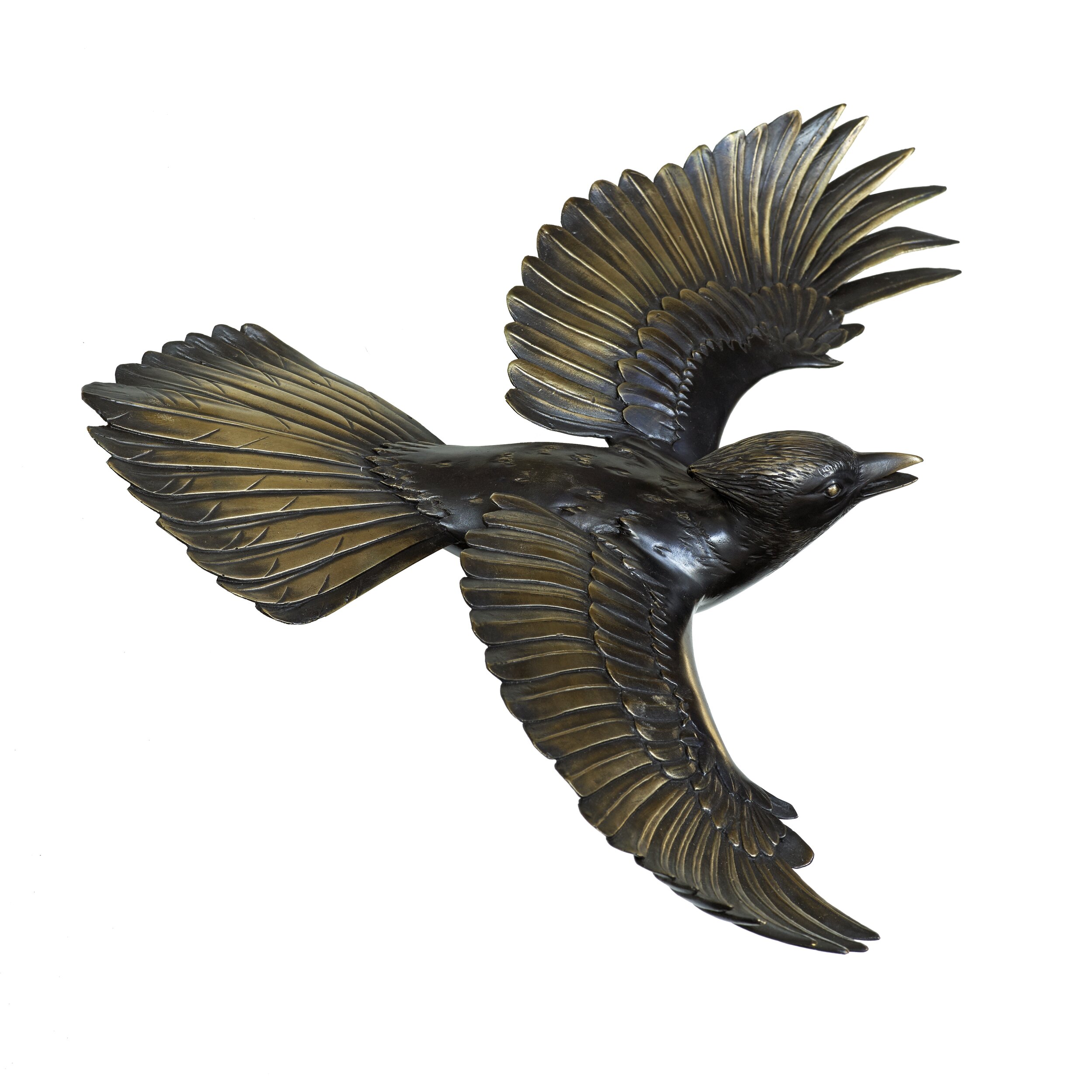In previous posts we have used a stationary pull to illustrate how a custom piece of door hardware is designed for lost wax casting, but what impact does a functional handle with moving parts have? The answer depends on the function and varies depending on whether the design is for a door- knob or lever and whether it is to be used as an entry door set or as a handle set for an interior passageway or privacy (think bathroom) door.
In this post we will use the set lizard passageway set to answer the question.
The passageway set is made up of several components, some are cast but others are either machined in metal or custom made to order by fastener manufacturers like Seastrom.
While the back-plate is a relatively straightforward piece to cast, the levers (left and right) need to be cast with a square hole for the ferrule and spindle which are the components that connect the levers together and that will connect with the latch that depresses and returns the lever. The 2 patterns, one for each lever, need to be machined for a square hole and how you accomplish this will depend on the medium used for the pattern. A ferrule is then added either to the pattern or to the subsequent wax replica. For bronze castings we machine our own proprietary custom ferrules in stainless steel an alloy that bonds with the molten bronze but as it melts at a much higher temperature than bronze does not distort or melt in the process. For steel castings, as a metal ferule would melt, we incorporate the ferrule into the pattern. The ferrule acts like a sleeve to hold the square 8mm spindle and it is machined with a tolerance that allows the spindle to fit tightly. A “C” spring clip is added under pressure to the outer rim of the ferrule, and this holds the lever to the back-plate.
The lever set must also be designed to function with a tubular latch. The spindle passes through a square hole in the latch, a component made by another manufacturer and that has an internal spring that enables the lever to be depressed to retract the latch tongue and which returns the lever to throw the tongue.
Depending on the weight of the lever, an auxiliary spring can be added to the ferrule to assist the latch and help prevent any sagging. The auxiliary spring is made in spring steel and as part of the design process the back-plate pattern is made with a stop which limits the motion of the spring to a 33 to 45 range.
The mechanical demands and therefore cost to create a new one-of-a-kind piece for a client are inherently expensive.





